The installations of human spines found in Peru amazed archaeologists
Categories: Science
By Pictolic https://pictolic.com/article/the-installations-of-human-spines-found-in-peru-amazed-archaeologists.htmlNearly 200 samples of human vertebrae strung on reeds have been found in Peru, according to a new study. This indicates a unique way of dealing with the dead, which has never been seen before in this region.
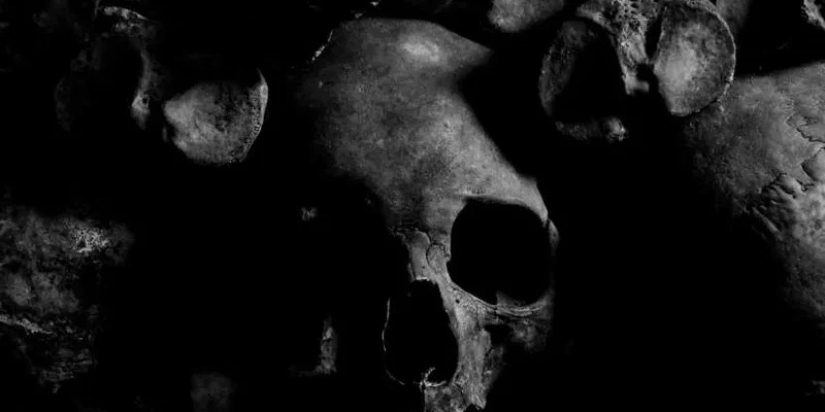
An international team of researchers working in the Chincha Valley on the southern coast of Peru has discovered most of the "vertebrae on rods" in the graves of the "Chullpa" people.

192 finds of "vertebrae on rods" were made. According to radiocarbon dating, "vertebrae on rods" mainly refer to the period between 1400 and 1600, when the Inca rule came to an end, and European colonization began to spread across the region.
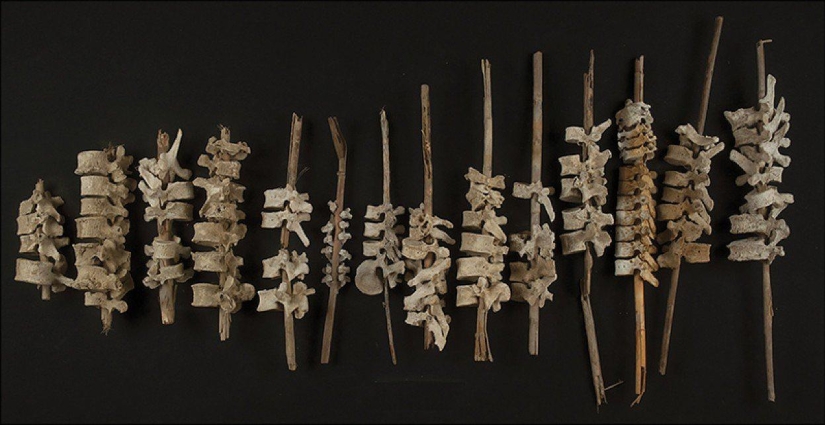
From 1 to 16 vertebrae were strung on each stem with an average length of 0.32 meters. 64 belonged to adults, 14 belonged to children and adolescents, and vertebrae of both an adult and a child were present on one stem. The vertebrae belonged to different parts of the spine and were "assembled" without taking into account the anatomical sequence.
There are no traces of mechanical processing on them, and scientists have suggested that the Chincha Valley Indians worked with already decomposed bodies when the vertebrae separated naturally. Insect pupae were found in the remains of soft tissues, and this suggests that the remains were in the open air for a long time.
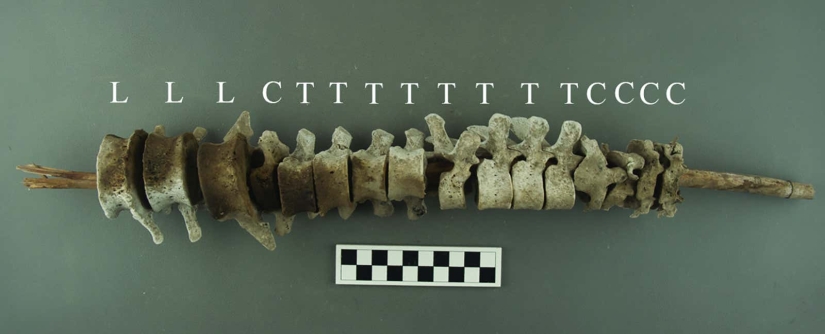
Radiocarbon dating has allowed us to date the find to the period between 1450 and 1640: this corresponds to the beginning of Spanish colonization in this area. According to the lead author of the study, Jacob L. Bongers, this time in the history of the Chincha Valley "was turbulent" because "epidemics and famine mowed down local residents."
In a previous study, Bongers and his colleagues established the fact that the Spaniards looted the graves of the indigenous population. Scientists believe that this was done not only to capture gold, silver and other valuables, but also to eradicate "pagan customs".
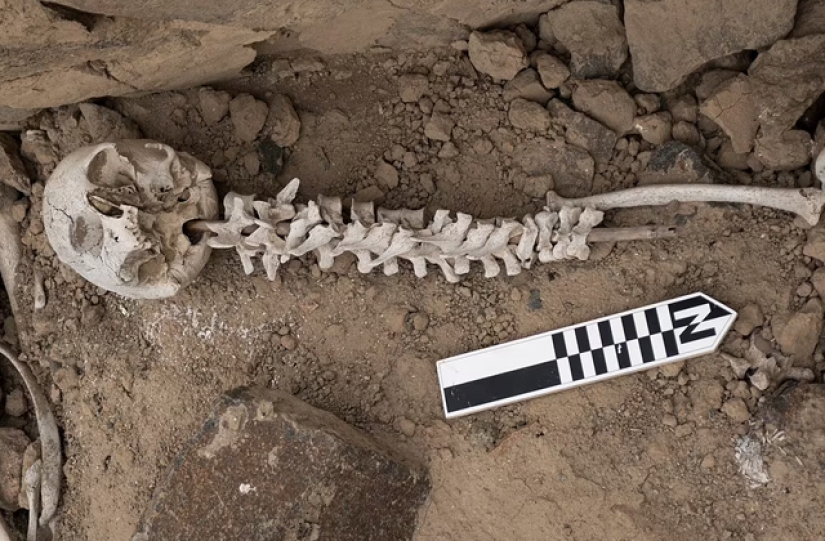
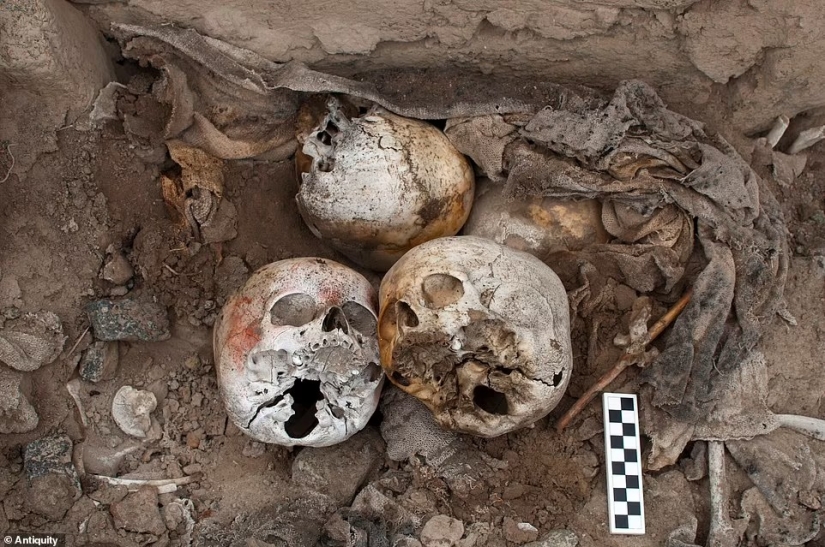
The new discovery continues to complement these conclusions: apparently, the Indians tried to restore peace to the souls of the deceased, whose graves were desecrated. But all they had to do was string their remains on a reed.
For the indigenous peoples of the Chincha Valley, bodily integrity after death was of great importance; these civilizations even practiced mummification - millennia before the ancient Egyptians.
Recent articles

Victor Lustig is considered one of the most skillful and famous scammers in the world. He was arrested about 50 times and released ...

A small apartment is not a sentence! On the contrary, this is an occasion to turn on imagination and come up with ways to stylishly ...

Each of us has heard at least once that "breakfast is the most important meal of the day." Spreading this truth is the work of ...